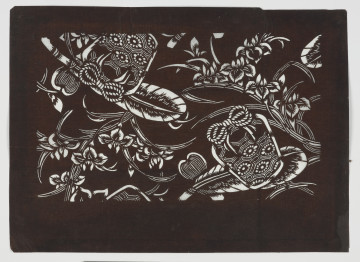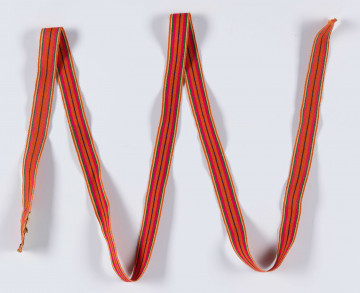
Katagami dyeing stencil
około 1851 — 1900
National Museum in Szczecin
Japanese katagami (kata - pattern, gami - paper) are stencils cut in paper used to apply patterns to fabric during dyeing. They are cut by hand with a special knife. Katagami paper undergoes a complicated treatment which makes it waterproof. It consists of several layers of handmade paper, is covered with shibu juice and then subjected to a murokarashi (a type of smoking) process. Katagami are reinforced with a net made of human hair or silk threads that prevent the cut pattern from shifting and deforming. The source of decorative forms in katagami is nature (plum, cherry blossoms, chrysanthemums, bamboos). Katagami, when they lose their original stencil function, are used as works of art to decorate walls and sliding doors in Japanese homes. The katagami come from the 19th century.
Znaleziono 10 obiektów

Castle Museum in Łańcut

1900
National Museum in Lublin

2020
Museum of the history of Polish Jews
DISCOVER this TOPIC
National Museum in Szczecin
DISCOVER this PATH
Educational path